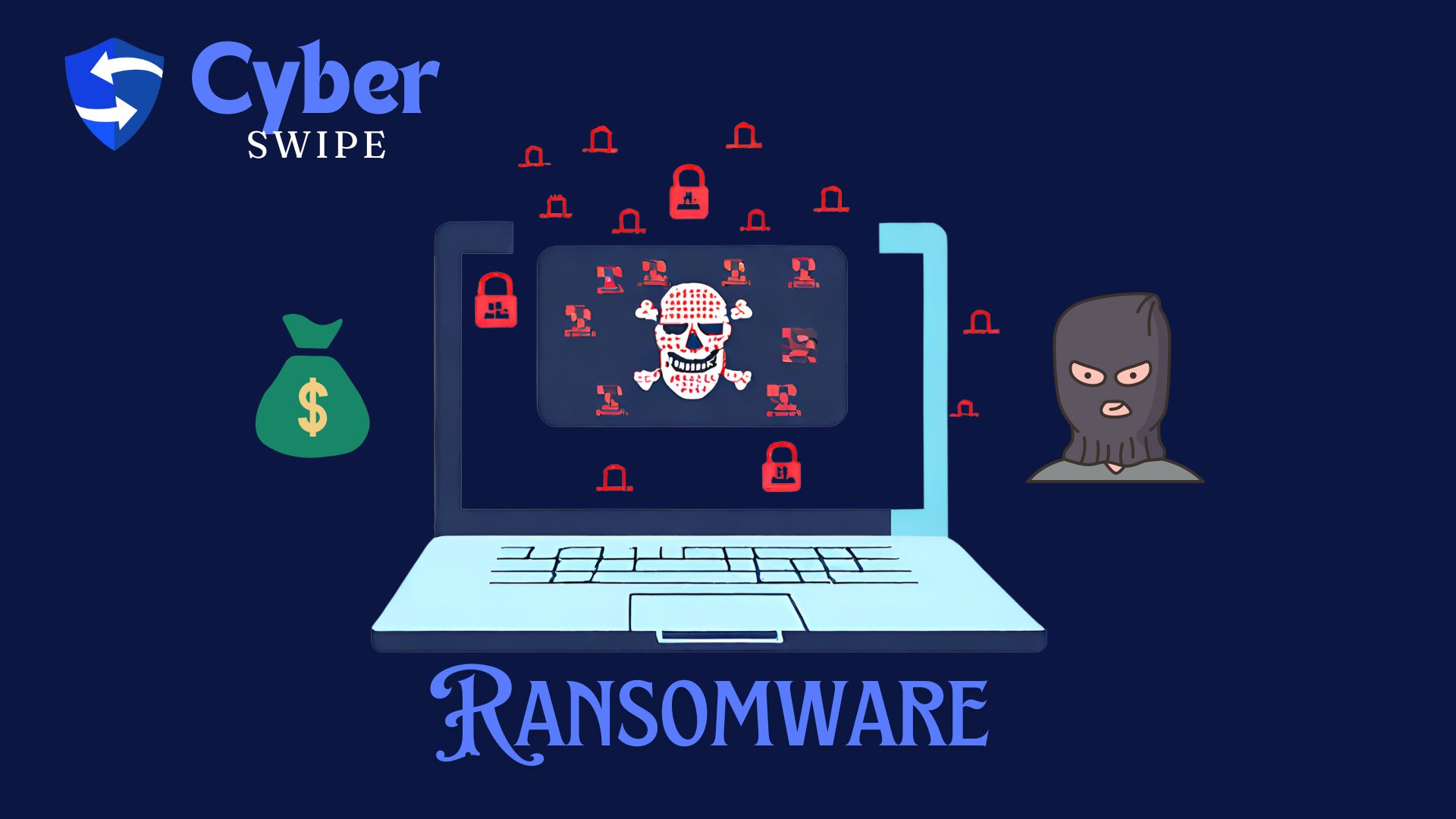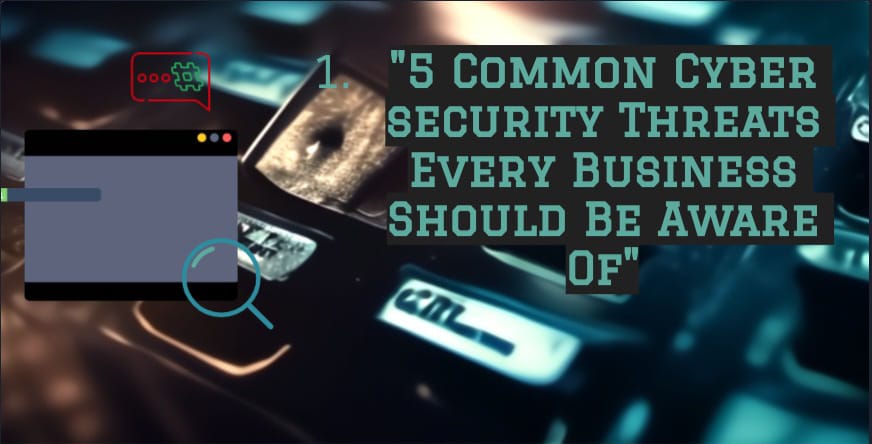Learn how to protect your IoT devices from cyber attacks with these effective strategies.
Introduction
Welcome to the connected world of the Internet of Things (IoT)! From smart thermostats and fitness trackers to advanced industrial sensors, IoT devices permeate almost every facet of our lives, offering convenience and efficiency. However, this widespread adoption also brings a significant risk: cyber attacks. With each device acting as a potential entry point for hackers, securing these devices is crucial. In this blog, we’ll dive into practical strategies to protect your IoT devices from cyber threats, ensuring that your data remains safe and your digital life secure. Join us as we explore the essentials of IoT security, and learn how to fortify your devices against unauthorised exploits.
Understanding IOT Security

Overview of IoT devices
IoT devices connect everyday objects to the internet, ranging from smart thermostats to fitness trackers. These devices collect and transmit data, making everyday tasks more efficient. However, their connectivity also makes them potential targets for cyberattacks. Understanding the nature of these devices and their connectivity methods is crucial for securing them.
Common cyber attacks on IoT devices
IoT devices often face specific types of cyber attacks including ransomware, spyware, and phishing attacks. Hackers may also exploit weak passwords or outdated firmware to gain unauthorized access. The interconnected nature of IoT devices allows such attacks to spread quickly across a network, underscoring the importance of robust IoT security measures.
Strategies to Secure IoT Devices
Regularly update firmware and software
Keeping the firmware and software of IoT devices updated is critical. Manufacturers often release updates to patch security vulnerabilities. Enabling automatic updates can ensure that your devices are always running the most current security measures without needing manual intervention.
Implement strong passwords and enable two-factor authentication
– Use complex passwords: Avoid common words and include a mix of letters, numbers, and symbols.
– Enable Two-Factor Authentication (2FA): This adds an extra layer of security by requiring a second form of verification besides just a password.
Employing these tactics greatly enhances the security of your IoT devices, making them less vulnerable to breaches.
Segment your network to isolate IoT devices
Creating a separate network specifically for your IoT devices can shield your main networks from potential threats. Use a virtual LAN (VLAN) or a guest network to isolate these devices. This segmentation helps contain any malicious attacks within a single network, thereby protecting other devices and data from compromise.
Use of Encryption for Data Protection
Encrypting data is a crucial step in securing IoT devices. It involves encoding information so only authorized parties can access it. Encryption applies to data at rest on the device, as well as data in transit between devices and servers. Using strong, updated encryption protocols such as AES (Advanced Encryption Standard) can help prevent unauthorized access and data breaches. This ensures that even if data is intercepted, it remains unreadable without the correct decryption key.
Network Security Measures for IoT Devices
Secure your Wi-Fi network
Securing your Wi-Fi network is the first line of defense in preventing unauthorized access to your IoT devices. Start by changing the default router name and password, as they can be easily guessed by attackers. Enable WPA3 encryption, the latest Wi-Fi security protocol, to protect against common hacking techniques like password cracking. Additionally, consider hiding your network SSID to make it less visible to outsiders.
Implement firewall protection
Firewalls act as barriers that help protect your IoT devices from malicious traffic and unauthorized access. They monitor incoming and outgoing network traffic based on predetermined security rules. You can choose from hardware-based firewalls, which are separate devices connected to your network, or software-based firewalls, which are installed on your network’s router or individual devices. Setting up a firewall can help block malicious software and hackers from accessing your IoT devices and personal data.
Use VPN for secure remote access
Using a Virtual Private Network (VPN) is an effective way to enhance the security of IoT devices, especially when accessing them remotely. A VPN encrypts all data traffic between your devices and the internet, shielding your data from hackers on public Wi-Fi networks. It also masks your IP address, making it more difficult for attackers to target your IoT devices. Whether for personal use or business, incorporating a reliable VPN service can significantly reduce the risk of cyber attacks.
Importance of Monitoring and Incident Response Plans

In the ever-evolving world of IoT, constant vigilance is key. Monitoring your IoT devices not only helps in detecting unusual behaviour that could signify a cyber attack but also aids in the overall management of device health.
Implementing a robust incident response plan is equally critical. It ensures that, in the event of a security breach, you can act swiftly to mitigate damage and restore normal operations promptly.
Creating an Effective Monitoring System
To set up an effective monitoring system, start by establishing what normal device behavior looks like in order to easily spot anomalies. Tools like network monitoring software can help track data usage and detect irregular patterns that may indicate a breach. Additionally, consider regular audits of your IoT systems to ensure they remain secure against new threats.
Developing a Comprehensive Incident Response Plan
A well-crafted incident response plan should outline specific steps to be taken when a potential security incident is detected. Key elements include:
– Identification of key roles and responsibilities.
– Clear communication protocols.
– Steps for containing the incident.
– Procedures for data recovery and system restoration.
– Post-incident analysis for lessons learned and system improvement.
Regular drills and updates to the plan as technology and cyber threats evolve are crucial for maintaining its effectiveness.
Conclusion
In today’s interconnected world, securing IoT devices is not just a convenience but a necessity. As we harness the power of the Internet of Things to improve various aspects of daily life and business operations, it’s crucial to implement robust security measures. By following the steps outlined—consistently updating firmware, using strong, unique passwords, employing data encryption, securing networks, and staying informed—we can substantially decrease the vulnerabilities in our IoT ecosystems. Take proactive steps towards a more secure digital environment to protect your personal and professional information against potential cyber threats.




I抦 not that much of a online reader to be honest but your sites really nice, keep it up! I’ll go ahead and bookmark your website to come back in the future. Cheers
Awesome blog! Do you have any recommendations for aspiring writers? I’m hoping to start my own blog soon but I’m a little lost on everything. Would you propose starting with a free platform like WordPress or go for a paid option? There are so many options out there that I’m completely confused .. Any suggestions? Thank you!